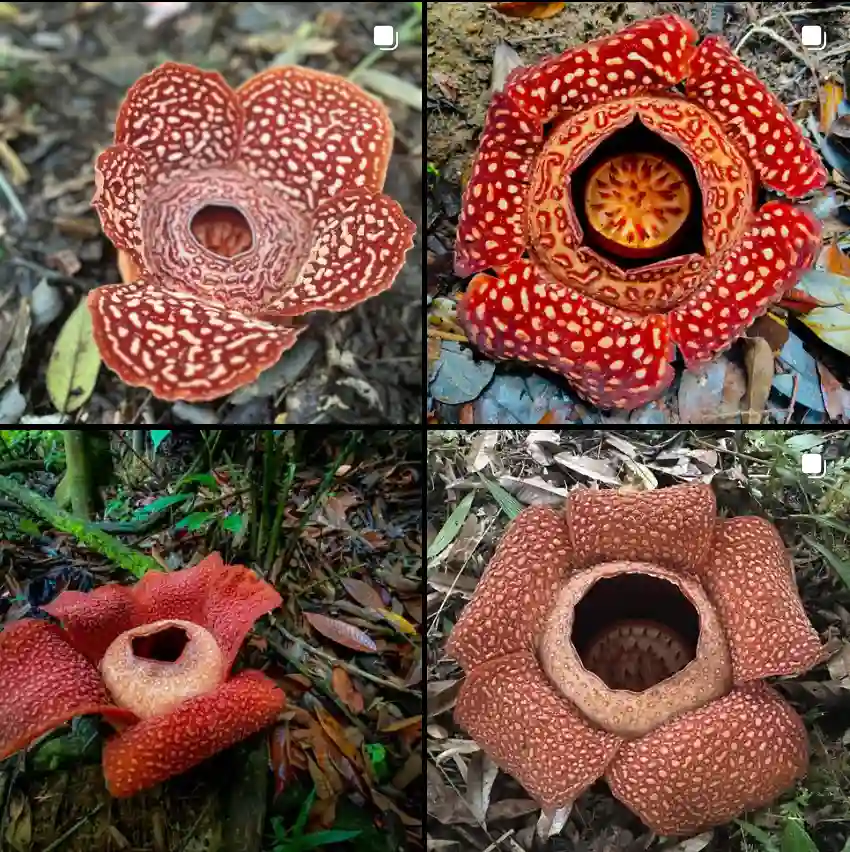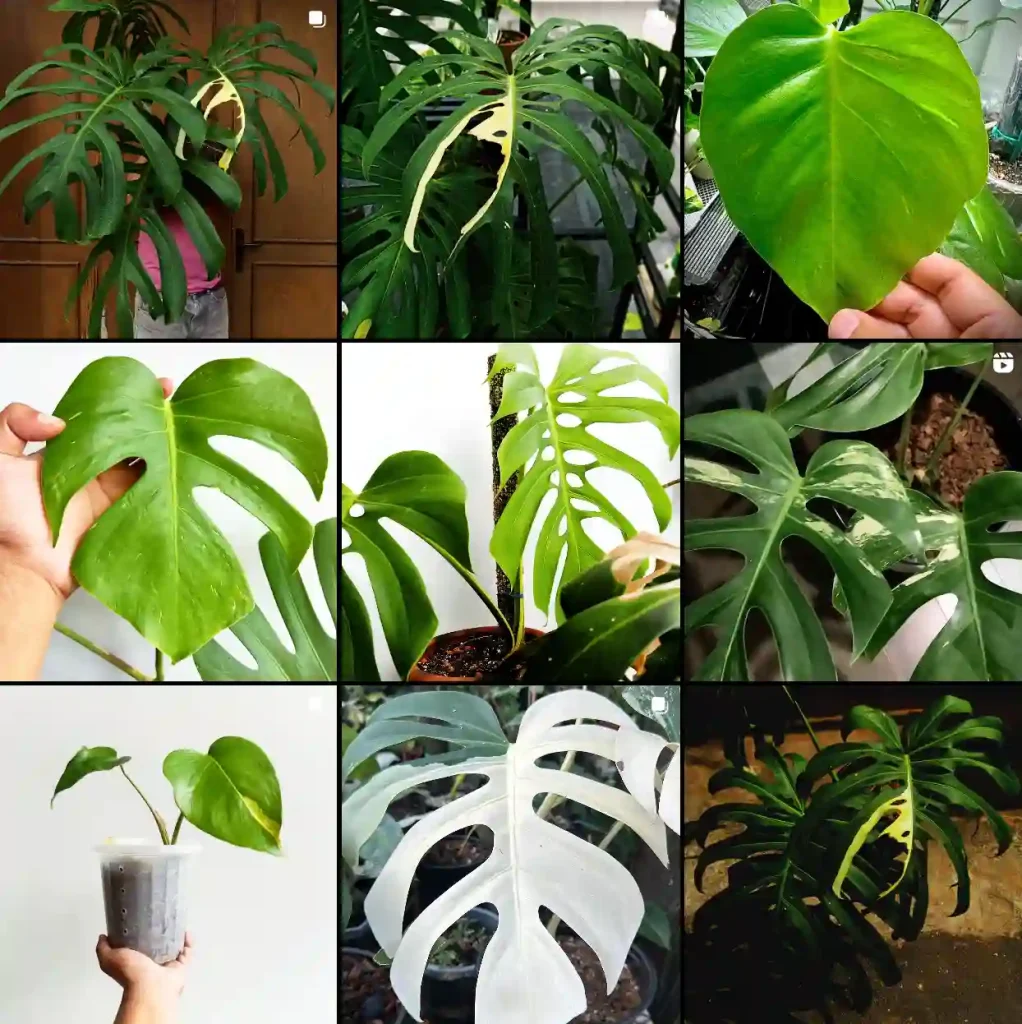
Discovering Woodwardia Virginica
As an enthusiastic gardener and nature lover, I’ve always been fascinated by the unique and diverse plant life that thrives in various environments. Among these, Woodwardia Virginica, commonly known as Virginia Chain Fern, has a special place in my heart. This beautiful fern, with its distinctive foliage and robust nature, offers much to admire and explore.
What is Woodwardia Virginica?
Woodwardia Virginica is a perennial fern native to North America. It thrives in wetland areas, often found along the edges of swamps, bogs, and wet forests. This fern can grow up to four feet tall and spreads horizontally, creating a lush green carpet that adds depth and texture to any landscape. Its fronds are long and arching, with a rich green color that turns a lovely bronze in the fall, making it a striking addition to any garden.
How to Care for Woodwardia Virginica?
Caring for Woodwardia Virginica is relatively straightforward, making it a perfect choice for both novice and experienced gardeners. This fern prefers moist, acidic soil and partial to full shade. While it can tolerate occasional sunlight, too much direct exposure can scorch its delicate fronds. Regular watering is essential, especially during dry periods, to maintain the damp conditions it favors. Mulching around the base helps retain moisture and suppress weeds, providing a healthy environment for growth.
How to Propagate Woodwardia Virginica?
Propagating Woodwardia Virginica can be done through spores or division. Division is the more common method, typically performed in the spring or fall. To divide, gently dig up the fern and separate the root clumps, ensuring each section has several healthy fronds and roots. Replant the divisions in well-prepared soil, water thoroughly, and keep the area moist to encourage new growth. Spores can be collected from the underside of mature fronds and sown in a controlled environment, but this method requires more time and patience.
What Eats Woodwardia Virginica?
Woodwardia Virginica is relatively resistant to pests and diseases, which is one reason it’s so popular among gardeners. However, certain insects and animals may occasionally feed on it. Deer and rabbits might nibble on the fronds, especially in areas where their natural food sources are scarce. Additionally, some species of caterpillars and slugs might find the tender leaves appealing. Regular monitoring and using organic repellents can help protect your ferns from these hungry visitors.
What to Plant with Woodwardia Virginica?
Pairing Woodwardia Virginica with the right companions can enhance its beauty and create a balanced garden ecosystem. Plants that thrive in similar moist, shaded conditions make excellent companions. Consider planting it alongside other ferns like Ostrich Ferns or Maidenhair Ferns for a lush, woodland feel. Hostas and Astilbes, with their varied foliage and vibrant blooms, also complement the fern’s texture and color. Together, these plants can transform a shady corner into a verdant retreat.
Why Choose Woodwardia Virginica for Your Garden?
There are many reasons to include Woodwardia Virginica in your garden. Its hardy nature and adaptability to wet conditions make it an excellent choice for challenging spots where other plants might struggle. The fern’s graceful fronds provide year-round interest, changing color with the seasons and adding dynamic visual appeal. Additionally, it supports local wildlife by providing habitat and food for various insects and small animals.
Conclusion
Woodwardia Virginica is a remarkable fern that offers both beauty and functionality to any garden. Its ease of care, coupled with its striking appearance, makes it a valuable addition to any landscape. Whether you’re looking to fill a damp, shady area or simply want to add a touch of natural elegance to your garden, this fern is a perfect choice. Embrace the charm of Woodwardia Virginica and watch as it transforms your outdoor space into a serene, green haven.
If i die, water my plants!



